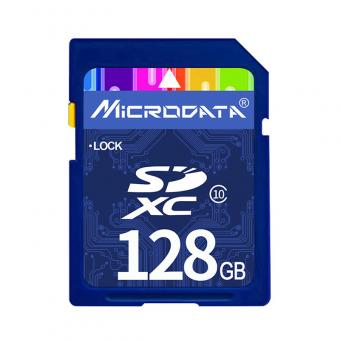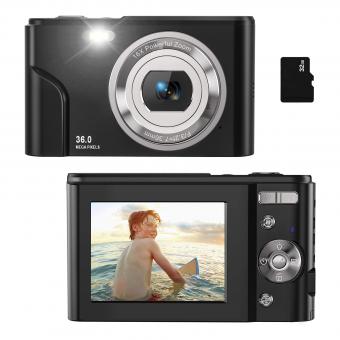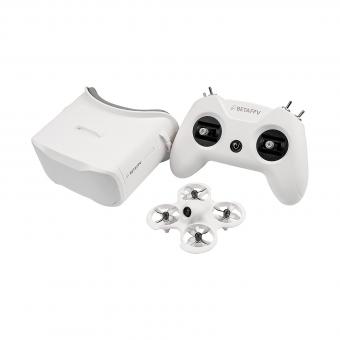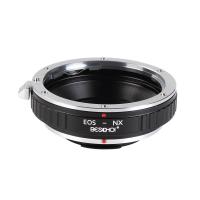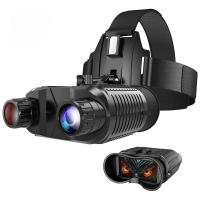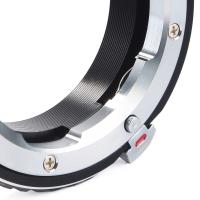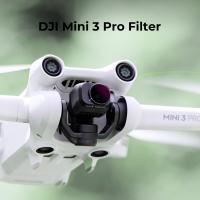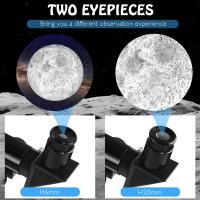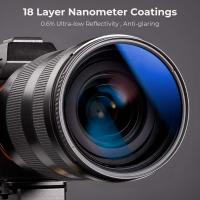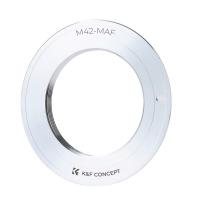Are Imax Cameras Digital Or Film?
IMAX cameras are available in both digital and film formats. The traditional IMAX cameras used 70mm film, which is larger than standard 35mm film used in most movie theaters. However, in recent years, IMAX has also introduced digital cameras that capture footage in high resolution. These digital cameras are capable of producing images with incredible detail and clarity, and they are often used for filming large-scale productions such as blockbuster movies and nature documentaries. While some filmmakers still prefer the look and feel of film, many have embraced the convenience and flexibility of digital cameras, which allow for easier editing and post-production work. Ultimately, the choice between film and digital comes down to the preferences of the filmmaker and the specific needs of the project.
1、 IMAX Film Cameras
IMAX cameras can be both digital and film. In the past, IMAX cameras were exclusively film-based, using large-format film stock to capture high-resolution images. However, with the advancement of digital technology, IMAX has also developed digital cameras that can capture images with the same level of detail and clarity as film-based cameras.
IMAX film cameras are still used today for certain types of productions, such as documentaries and nature films, where the large-format film stock can capture stunning images of landscapes and wildlife. The film cameras also provide a unique aesthetic that cannot be replicated by digital cameras.
On the other hand, IMAX digital cameras are becoming increasingly popular for feature films and other types of productions. These cameras use high-resolution sensors and advanced image processing technology to capture images with incredible detail and clarity. They also offer greater flexibility in post-production, allowing filmmakers to manipulate and enhance the images in ways that are not possible with film-based cameras.
In conclusion, while IMAX film cameras are still used today for certain types of productions, IMAX digital cameras are becoming more prevalent and offer filmmakers greater flexibility and control over the final product.
2、 IMAX Digital Cameras
IMAX cameras are now primarily digital, with the latest models being the IMAX Digital Cameras. These cameras use advanced digital technology to capture high-resolution images and deliver an immersive viewing experience. The shift towards digital technology has allowed IMAX to produce films with greater flexibility and efficiency, as well as reducing the cost of production.
IMAX Digital Cameras are capable of capturing images with a resolution of up to 4K, which is four times the resolution of standard high-definition cameras. This allows for incredibly detailed and immersive images that can be projected onto large screens without losing quality. The cameras also have advanced features such as high dynamic range (HDR) and wide color gamut (WCG), which further enhance the visual experience.
While IMAX cameras were originally film-based, the shift towards digital technology has allowed for greater flexibility and efficiency in production. Digital cameras can capture more footage in less time, and the footage can be easily edited and manipulated in post-production. This has allowed IMAX to produce films more quickly and at a lower cost, while still maintaining the high-quality standards that audiences expect.
In conclusion, IMAX cameras are now primarily digital, with the latest models being the IMAX Digital Cameras. These cameras use advanced digital technology to capture high-resolution images and deliver an immersive viewing experience. The shift towards digital technology has allowed IMAX to produce films with greater flexibility and efficiency, while still maintaining the high-quality standards that audiences expect.
3、 Advantages of IMAX Film Cameras
IMAX cameras can be both digital and film, depending on the specific model and technology used. However, IMAX film cameras have been the traditional choice for capturing high-quality, large-format images that are ideal for immersive cinema experiences.
One of the main advantages of IMAX film cameras is their ability to capture images with unparalleled resolution and detail. IMAX film cameras use large-format film stock that is up to ten times larger than standard 35mm film, resulting in images that are incredibly sharp and clear, even when projected onto massive screens.
Another advantage of IMAX film cameras is their ability to capture a wider range of colors and tones than traditional film or digital cameras. This allows filmmakers to create more vibrant and lifelike images that are more immersive and engaging for audiences.
IMAX film cameras also offer a unique aesthetic that is difficult to replicate with digital technology. The grainy, textured look of IMAX film adds a sense of depth and realism to images that can be difficult to achieve with digital cameras.
However, it is worth noting that digital IMAX cameras have become increasingly popular in recent years, as they offer many of the same advantages as film cameras while also providing greater flexibility and ease of use. Digital IMAX cameras can capture high-resolution images and offer greater control over color and tone, making them a popular choice for many filmmakers.
In conclusion, both IMAX film and digital cameras have their own unique advantages and disadvantages, and the choice between them ultimately depends on the specific needs and preferences of the filmmaker.
4、 Advantages of IMAX Digital Cameras
IMAX cameras can be both digital and film. The traditional IMAX cameras used 70mm film, which allowed for a larger image size and higher resolution than standard 35mm film. However, in recent years, IMAX has also developed digital cameras that offer many advantages over traditional film cameras.
One of the main advantages of IMAX digital cameras is their ability to capture high-quality images in low-light conditions. This is particularly important for filming in natural environments, where lighting conditions can be unpredictable. Digital cameras also offer greater flexibility in post-production, allowing filmmakers to manipulate and enhance the footage in ways that were not possible with traditional film.
Another advantage of IMAX digital cameras is their ability to capture 3D images. This has become increasingly important in recent years, as more and more films are being released in 3D. IMAX digital cameras are able to capture 3D images with greater clarity and depth than traditional film cameras, making them ideal for immersive cinematic experiences.
Finally, IMAX digital cameras are more environmentally friendly than traditional film cameras. Film production requires the use of chemicals and other materials that can be harmful to the environment, whereas digital cameras require fewer resources and produce less waste.
In conclusion, while traditional IMAX cameras used film, the development of digital cameras has brought many advantages to the table. These include the ability to capture high-quality images in low-light conditions, the ability to capture 3D images with greater clarity and depth, and a more environmentally friendly production process. As technology continues to evolve, it will be interesting to see how IMAX cameras continue to develop and improve.





